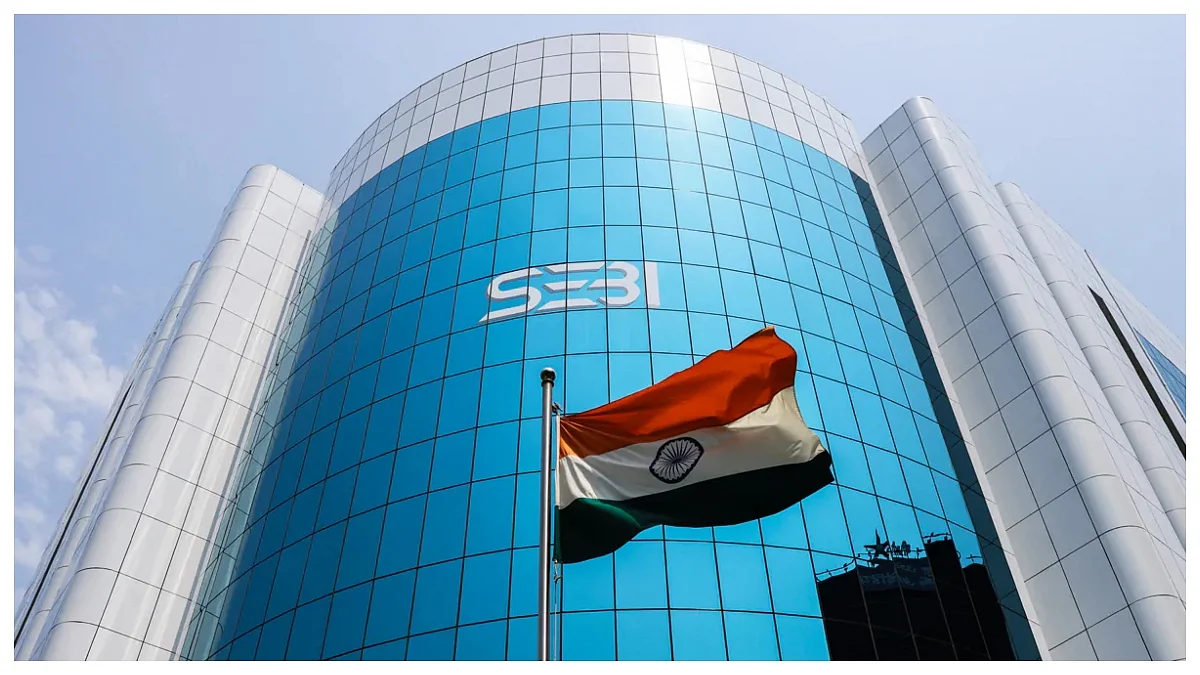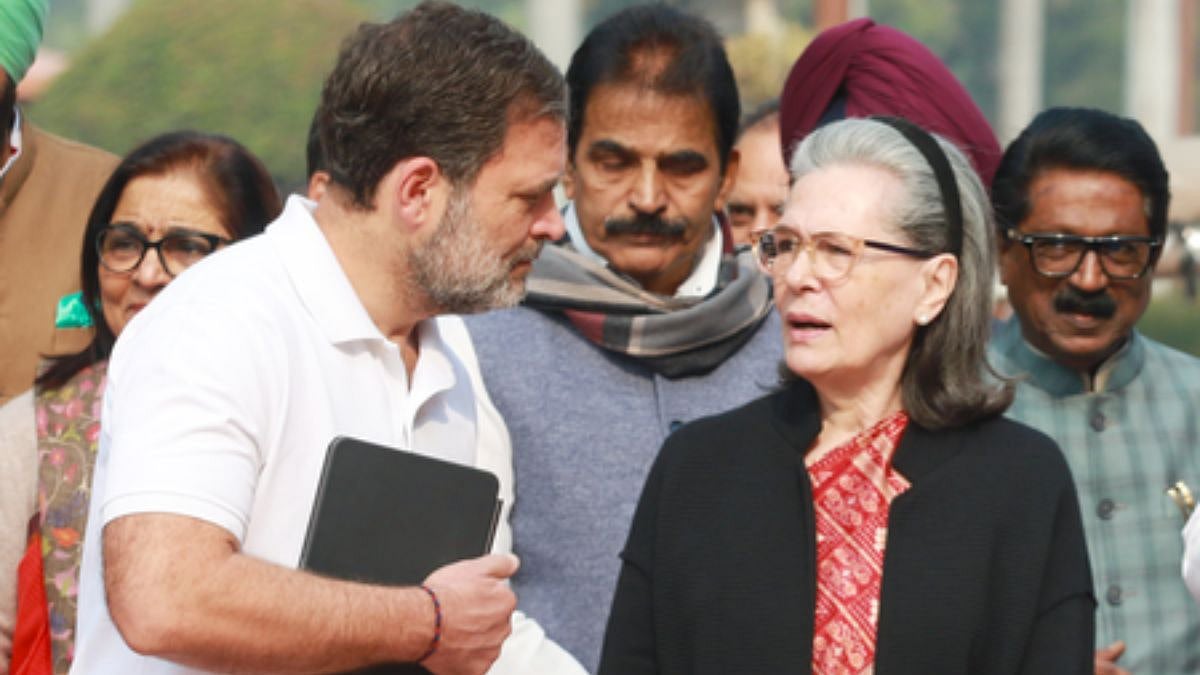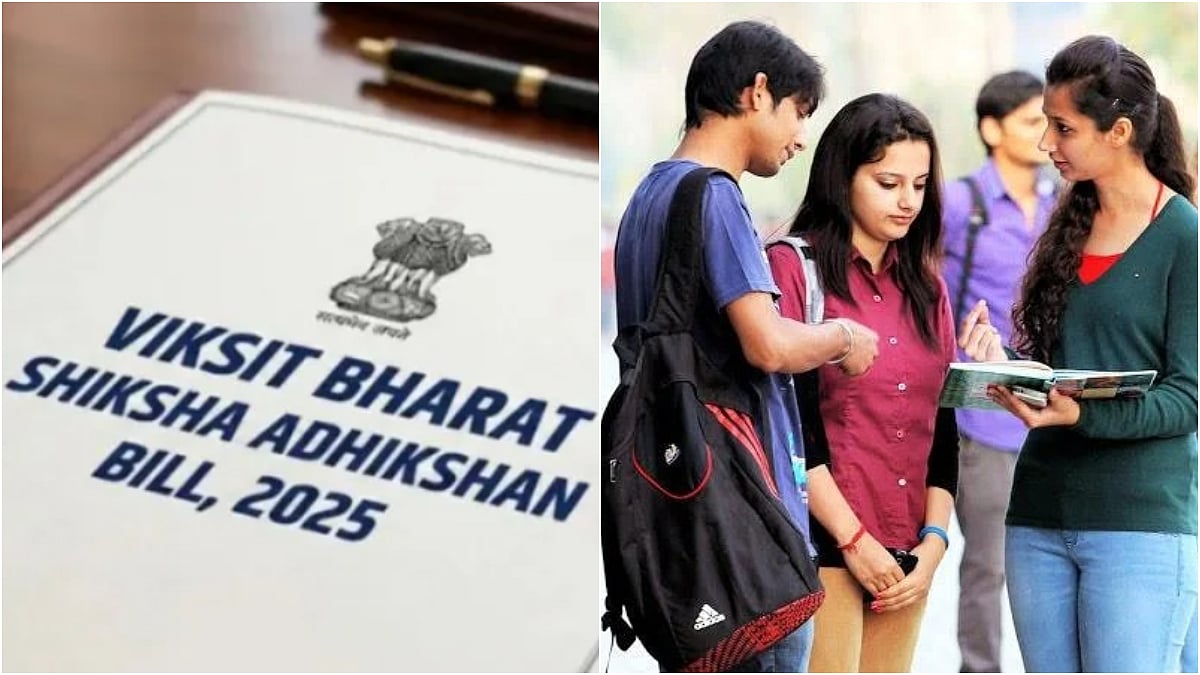There is bad news on the price front. At a time when incomes are shrinking due to the disruption caused by the Coronavirus pandemic, retail inflation is creeping upwards. From 6.09 per cent in June, it rose to 6.93 per cent last month. In fact, food inflation, which pinches the most those with modest household budgets, was worse at 9.62 per cent in July as against 8.72 per cent in the previous month. Food prices constitute nearly half of the consumer inflation basket. Food supplies were affected due to the stoppage of normal activity in the lockdown and the suspension of transport services. Being perishable, both vegetables and fruit segments saw shortages and steep price hikes.
The easing of restrictions in the lockdown is likely to moderate food inflation in the coming weeks. The inflation numbers for the last two months are higher than the mandated limit for the RBI of four per cent plus or minus two. But the Monetary Policy Committee, which at its meeting last week left the basic rates unchanged, has limited space for manoeuvrability. It has already cut the repo rate by 115 basis points since this February.
Meanwhile, constriction in the Index of Industrial Production in June was 16.6 per cent as against 33.8 per cent in May and 57.6 per cent in April. With the slow return to semi-normalcy after the complete lockdown of April, manufacturing is coming back on track. Of course, it will take a while before things can reach the pre-Covid level of February, especially given that the rail and road transport services are still far from normal and several industrial hubs are in the grip of production squeeze due to the flight of workers to their villages.
Migrant workers are returning to urban centres and smaller towns because there is no work in villages. Despite the sharp rise in the registrations under the MGNREGA in July and June, lack of opportunities in the rural areas, especially after the sowing of the Rabi crop, has induced a trek back to cities and towns. It is noteworthy that the job losses among the urban salaried classes are higher than for the rural economy. Work-at-home, layoffs, sharp cuts in salary, rationalisation of the workforce etc., resulting from the pandemic, have exacted a greater toll on the urban employed and those in the organised sector than on migrant workers and the unskilled self-employed in the informal sector.
Without doubt, the coronavirus pandemic has taken a huge toll on the global economy, with a number of countries recording alarming contraction. Only a day ago, the UK reported a record 20.4 per cent contraction in economic output in the second quarter of this year. It is the severest slump in UK’s history, which followed a 2.2 per cent contraction in the previous quarter. Though the numbers for the US are still not in, these are unlikely to be any different. Ditto for France, Germany, Japan, etc. Even China has had to scale down its growth figures due to the pandemic, though the slowdown was visible even before the Wuhan breakout. The World Bank estimates that the global economy will shrink by 5.2 per cent this year, deepest since the World War –II.
Thus, India cannot escape the universal trend. The question is not whether its economy will record contraction but by what percentage. Growth in the last quarter of 2019-20 was a paltry 3.1 per cent, the lowest in a decade. Estimates of contraction in the current year vary between a low of 4.5 per cent to 12 per cent, but a most conservative figure is about six per cent. Ordinary people might be oblivious to the alarming economic situation with the expenditure in the pandemic period growing much faster than revenue can keep pace with.
For example, in the June quarter, expenditure was five times more than the revenue collections in the same quarter. Even if the tax collections pick up in the current quarter, these are unlikely to be of the order as to compensate for the huge overall deficit. Without printing money, and borrowing far in excess than is good for the price-line or the overall health of the economy, there seems to be no way the government can meet the vastly increased expenditure in the year of the coronavirus. For the aam aadmi, the time to tighten the belt further may be here already.









